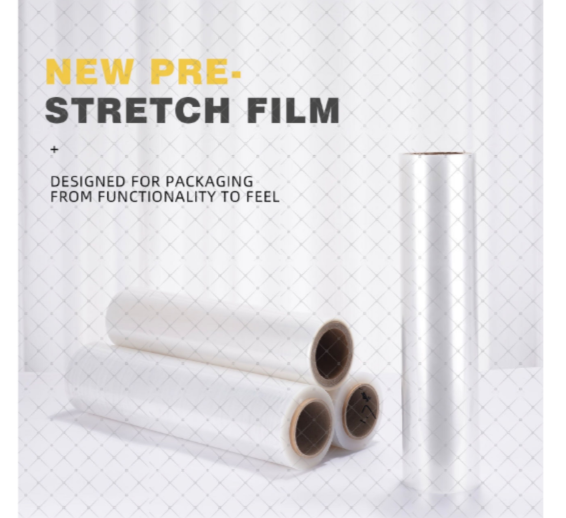stretch film material
Understanding Stretch Film Material Applications and Benefits
Stretch film, often referred to as stretch wrap, is a versatile packaging material that has transformed the logistics and shipping industries. This plastic film is designed to stretch around products to secure them tightly together, ensuring safe transportation. Its unique properties make it an essential tool for businesses seeking to protect their goods and improve efficiency.
One of the most notable characteristics of stretch film material is its elasticity. Unlike other types of packaging, stretch film can be stretched up to hundreds of percent of its original length, creating a tight seal around products. This ability to cling to itself ensures that items remain secure during transit, reducing the risk of damage caused by shifting or falling. The stretch capability also means that less material is needed to achieve the desired level of protection, leading to cost savings for businesses.
Stretch film is available in various thicknesses and types, including blown and cast films. Blown stretch film is known for its superior puncture resistance and strength, making it ideal for heavy and irregularly shaped objects. On the other hand, cast stretch film offers excellent clarity, making it suitable for displaying products while providing protection. Depending on the specific needs of a business, both types can be utilized effectively.
stretch film material

The benefits of using stretch film extend beyond just protection. For instance, it can enhance load stability, allowing for safer stacking of pallets in warehouses and during transport. This results in reduced risk of accidents and damage, thereby improving overall operational efficiency. Moreover, the transparent nature of most stretch films allows for easy identification of products, which simplifies inventory management.
In addition to its practical advantages, stretch film is also eco-friendly. Many manufacturers produce stretch films using recycled materials and have sought to create more sustainable options that reduce the environmental impact. This commitment to eco-conscious production is increasingly important as businesses strive to meet sustainability goals.
Stretch film also plays a crucial role in reducing waste. When securing loads with stretch wrap, businesses can minimize the need for additional packaging materials such as boxes and padding. This not only lowers material costs but also decreases the volume of waste generated, aligning with the growing focus on reducing the carbon footprint.
In conclusion, stretch film material is a critical component in modern packaging and logistics. Its unique properties—such as elasticity, strength, and clarity—combined with its cost-effectiveness, make it an ideal choice for businesses looking to protect their products while maintaining efficiency. As industries continue to evolve and prioritize sustainability, stretch film will undoubtedly remain at the forefront of packaging solutions, offering both practicality and environmental responsibility. Whether securing loads for transport or organizing inventory, stretch film proves to be an indispensable asset for a wide array of applications.
-
Stretch Film Solutions: A Comprehensive GuideNewsJun.03,2025
-
Stretch and Shrink Packaging SolutionsNewsJun.03,2025
-
Revolutionizing Packaging with Modern Wrapping SolutionsNewsJun.03,2025
-
Innovative Solutions for Silage and Window TintingNewsJun.03,2025
-
Efficient Packing with Stretch Wrap SolutionsNewsJun.03,2025
-
Effective Packaging with Stretch Wrap SolutionsNewsJun.03,2025
-
Have the freedom of customizing your custom mailers any way you want! Our dedicated packaging support will help deliver you the mailing experience you need to elevate your shipping experience to the next level! Start making a strong impression on your customers and stand out from your competitors! -
LIYA uses high quality raw materials which directly purchased from large enterprises domestic and overseas such as PetroChina, Sinopec, Sabic, Equate, ExxonMobil, Dow Chemical, Total, and Borouge, ensuring the price advantage and quality of the raw materials. -
LIYA uses high quality raw materials which directly purchased from large enterprises domestic and overseas such as PetroChina, Sinopec, Sabic, Equate, ExxonMobil, Dow Chemical, Total, and Borouge, ensuring the price advantage and quality of the raw materials.





